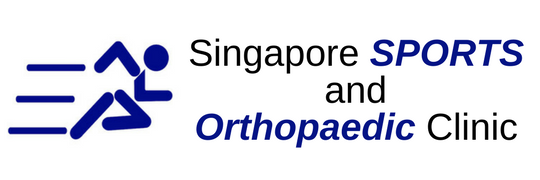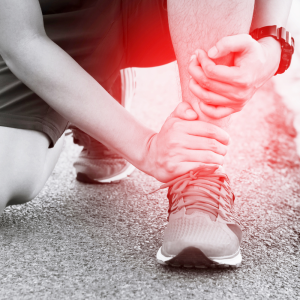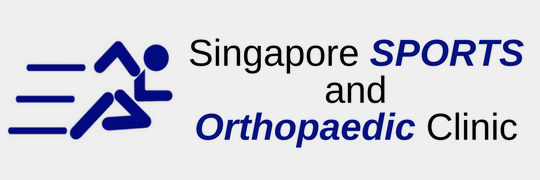Growing older comes with its own set of dangers and precautions that need to be taken to ensure that you avoid a variety of problems that could arise. As you age, your bones may become weaker and not be able to handle a fall or trip as they once could. One of the major causes for concern is a hip fracture in elderly generations. The hip fracture itself can lead to many other problems due to the inability to move it well and being down and out for a while to recover. Here are the top four symptoms of a hip fracture and a few prevention tips to protect you or your loved one.
Can Not Move
After your loved one or yourself has taken a fall, you may not be able to move right away. That can be a sure sign that your hip has fractured during the tumble. It may be very difficult or even impossible for you to get back up on your own.
Pain and Bruising
Another sure sign of a hip fracture is the severe pain that may be felt in your hip or groin area. This can be quite excruciating and can make it very difficult to function. You may also notice bruising and swelling in the hip area as well. Your loved one may feel a lot of stiffness as well in the hip area if they have fractured their hip.
Not Able to Put Weight on the Leg
If you’re dealing with a hip fracture in elderly loved ones, you may notice they cannot put weight on the leg that the hip is fractured on. They may try but cannot succeed as there is just too much pain in that joint area.
Outward Turning or Shorter Leg
You may notice that the leg on the injured side is turned outwards toward the foot in a way that is not natural for it to be. There also may be signs of one leg being shorter than the other when there is a hip fracture present.
Prevention Tips
A fractured hip in the elderly can be quite dangerous so there are a few prevention tips that should be taken into consideration. Be sure to always have assistance around if they have trouble standing or sitting down. Make sure that if there are rugs or carpets in the areas that your loved ones frequent that they are tacked down or remove them if possible. Be sure that the pathways and walkways are clear of items that could cause tripping. Do not have wheels on any of the chairs they use and be sure there is a chair or safety rails/handles in bathrooms. These items can help to prevent a very dangerous situation.






